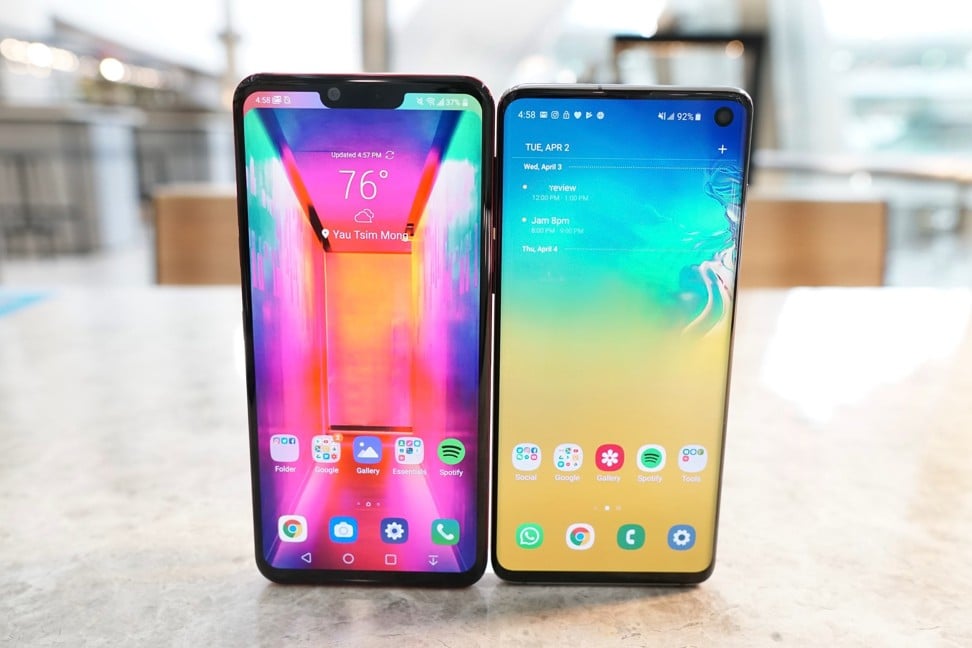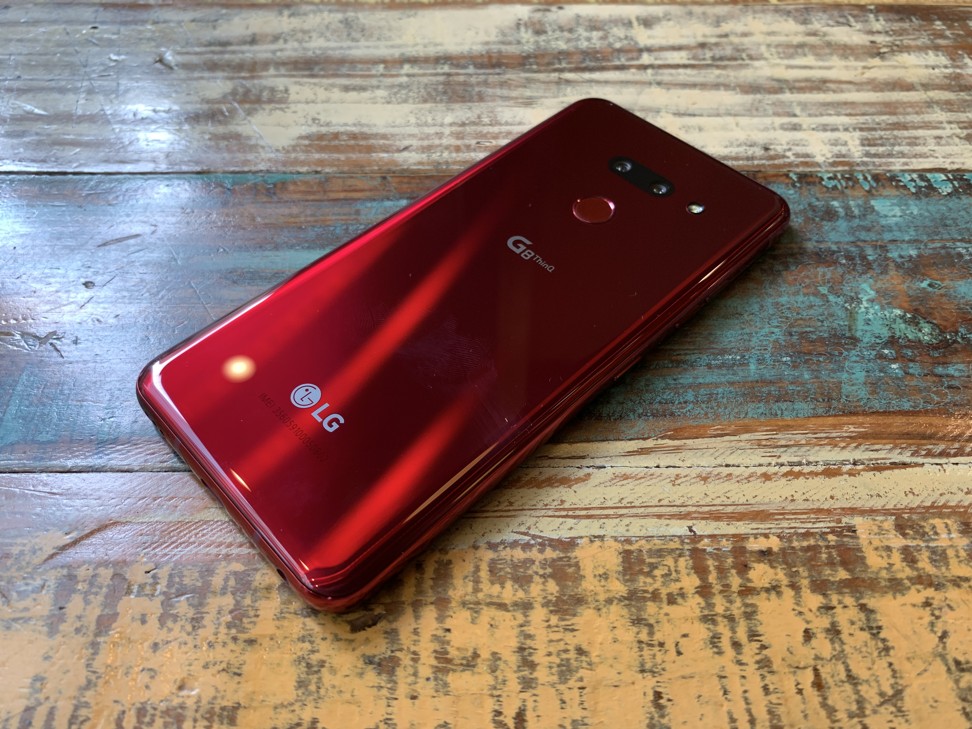
Review | LG G8 full review: better to use than Samsung Galaxy S10, Huawei P30 Pro but lacks their looks
- The G8 seems a bit bland, but use it for a couple of hours and it is clear that LG places usability and real-world benefits over flashiness
- One big software addition is the ability to unlock and control the phone via hand gestures, with the phone scanning veins in the user’s palm for security
LG’s G-series of phones used to be known for their out-of-the-box designs. The G2 pushed all buttons to the back of the device, the G Flex curved like a banana, and the G5 had a modular build.
The G8, on the other hand, may have the most understated design on the market right now. You could argue, however, that it is also the most practical. Let’s take a look.
Hardware and design
At a glance, the G8 looks almost unchanged from last year’s G7 with its 6.1-inch screen and relatively large, iPhone-like notch cut-out on the front.
Uninspiring Apple shows the US’ best tech days are behind it
The US unit I tested has a dual-camera set-up on the back instead of the triple-camera system that South Koreans will get. The overall shape and dimensions remain similar.


But hold the G8 in your hand and use it for a couple of hours and it becomes apparent that LG has made subtle improvements that place usability and real-world benefits over flashiness.
For example, the G8 has made the switch to superior OLED panels – previous G phones all used LCD screens – and all four sides of the display panel subtly curve towards the aluminium chassis, giving it a smoother, rounder feel.
LG has also eliminated the camera bump by placing the camera module underneath the glass back. The earpiece grille has also been ditched in favour of under-screen sound vibration technology. Both design changes are hard to notice in product shots but they give the device a more uniform, elegant front and back.
The phone’s relatively large notch houses a TOF (time-of-flight) sensor for real 3D face unlock, while the thicker bezels make the phone less prone to accidental palm touches – long a complaint of curved screens.
Software and features
While LG’s hardware designers have held back on wild, quirky ideas, the software engineers must have missed the memo.
The big feature addition this year is something as weird as LG has ever done: the ability to unlock and control the phone via hand gestures.
Using its TOF sensors, the G8 can scan the vein patterns inside the user’s palm to unlock the phone. LG claims each person’s vein pattern is as unique as facial structure and fingerprint, so this “vein scanning” unlock method is just as secure.

Once the phone is unlocked, that same palm-scanning system can be used to trigger certain actions, such as to launch apps or control media playback. Pulling these moves off, though, requires some learning; you have to hover your palm a few inches above the TOF sensor and do a series of hand motions.
This all sounds very gimmicky, but I can think of some usage scenarios, such as if I’m eating a burger with my hands while watching a video – I can pause or play the video without touching the phone and getting grease all over it.
Performance and battery life
The phone runs on the Snapdragon 855 processor, so performance is just about flawless. Battery life – the big weakness in the last couple of LG devices – has been improved thanks to a larger 3,500mAh battery. The G8 can just about last an entire 12-hour day more often than not, but this type of endurance still falls far short of Chinese handsets, which can almost always go an entire day unless usage has been extreme.

The dual-camera system here remains mostly unchanged from the triple-lens array found on the LG V40. The missing telephoto lens does not make much of a difference in day-to-day use. The main 12-megapixel camera is still responsive and capable of capturing lively colours, and the wide-angle lens is as useful and stable as ever.
With its wide-open f/1.5 aperture, low light photography would be a strong point for the G8 under normal circumstances, but these are not normal times. Huawei’s P30 Pro has revolutionised low light and zoom photography in mobile devices, and when stacked against each other, the G8’s night shots fall way short. But at least it can keep up with devices from Apple and Samsung.


LG handsets have perhaps the best video capabilities in Android and video-recording capabilities here remain strong, with smooth and stable videos up to 4K/30fps.
Conclusion
It is going to be an uphill battle for LG this quarter as it tries to convince consumers to pick the G8 over the Samsung Galaxy S10 and Huawei P30 Pro. Not only are those phones more eye-catching, they are backed by bigger marketing campaigns.
Exact pricing hasn’t been announced, but we know the G8 will be cheaper than the S10 and P30 Pro.
Those who do give the G8 a shot will be pleased with a well-rounded device that ticks every box and doesn’t have one single major flaw.
Specs
Dimensions: 151.9 x 71.8 x 8.4mm
Weight: 167g
Display: 6.1-inch 1440 x 3120 OLED panel
Battery: 3,500mAh
OS version reviewed: Android 9 with LG UX 8.0 on top
Processor: Snapdragon 855
Main camera: 12-megapixel f/1.5 sensor with a 16-megapixel f/1.8 wide-angle lens
Front camera: 8-megapixel with a secondary TOF camera
Memory: 6GB of RAM; 128/256 ROM
Colours: Red, black, blue
Price: The G8 sells for around US$750 in the US and Korea – roughly US$200 to US$300 cheaper than the Samsung Galaxy S10 and Huawei P30 Pro. Hong Kong pricing is not yet available.

